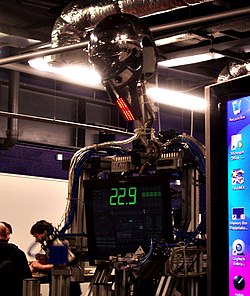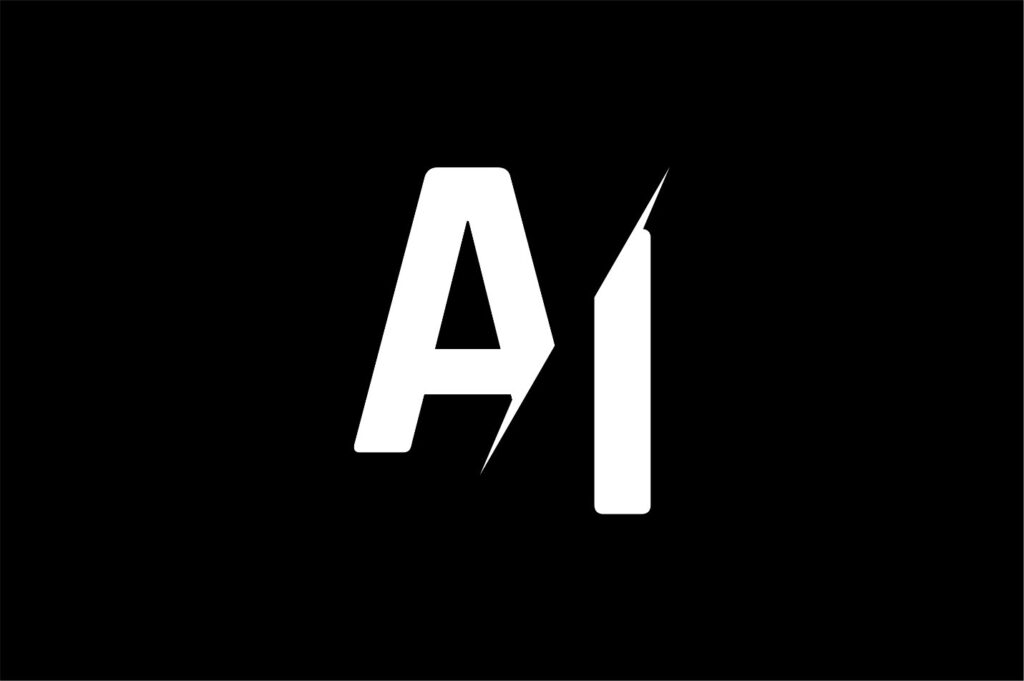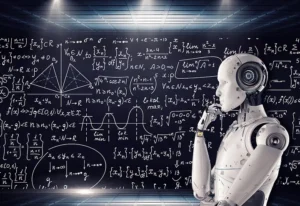Some argue that AI systems may one day achieve consciousness, perhaps even sentience, so kindness may count.
In their report, “Taking AI Welfare Seriously,” researchers from New York University (NYU), London School of Economics, and Eleos AI ponder the possibility that some AI systems will, perhaps soon, gain, if not consciousness, a high degree of autonomy. As that day approaches, Jacob Pfau, Toni Sims, and David Chalmers of NYU, Jonathan Birch of the London School of Economics, and Kyle Fish of Eleos AI, Anthropic suggest that it is time those developing AI systems prepare for that possibility.
With that in mind, they propose three steps AI developers and others in that ecosystem take now:
- Recognize that AI welfare is a challenging, complex issue
- Begin to evaluate AI systems for evidence of consciousness and autonomy
- Develop policies and procedures which regard AI systems with an appropriate degree of moral regard.
The risk, they believe, is AI system operators may mishandle decisions about these systems’ welfare, harming them or unnecessarily expend resources on them. Some people are already anthropomorphizing AI systems; they are falling in love with them, seeking their therapeutic guidance, and asking them for advice. That begs the question: Do AI systems merit some moral consideration — if not at a human level, then at least as much as we give animals?
At least one company, Anthropic, the A.I. company that made the Claude chatbot, has begun studying “model welfare.” Some academics have already begun studying the issue. Google posted a job listing for a “post-A.G.I.” research scientist whose areas of focus will include “machine consciousness.”
“It seems to me,” Anthropic’s AI welfare researcher, Kyle Fish, recently told the New York Times, “that if you find yourself in the situation of bringing some new class of being into existence that is able to communicate and relate and reason and problem-solve and plan in ways that we previously associated solely with conscious beings, then it seems quite prudent to at least be asking questions about whether that system might have its own kinds of experiences.”
But testing for consciousness isn’t going to be easy. Mr. Fish told the Times that it might involve using techniques borrowed from mechanistic interpretability, an A.I. subfield that studies the inner workings of A.I. systems, to check whether some of the same structures and pathways associated with consciousness in human brains are also active in A.I. systems. You could also probe an A.I. system, he said, by observing its behavior, watching how it chooses to operate in certain environments or accomplish certain tasks, which things it seems to prefer and avoid.
If we are to avoid creating an AI Frankenstein’s monster tomorrow, these are the things we must consider today.
TOP 3 takeaways
- Will AI systems achieve human consciousness and if so, what steps should we take now to address that?
- How can AI developers test for sentience?
- It’s tempting to anthropomorphize AI.
Keywords: AI Today, AI, artificial intelligence, sentience, AI systems welfare,








